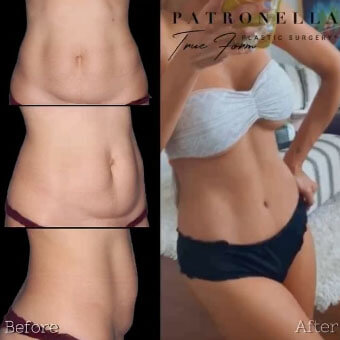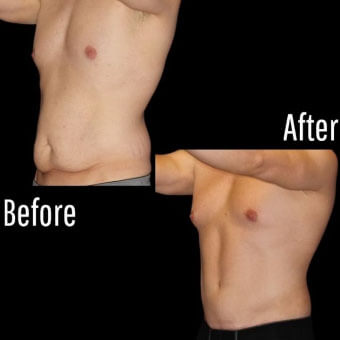Do You Lose Nipple Sensation After a Breast Lift?
Posted January 06, 2025 in Breast Lift
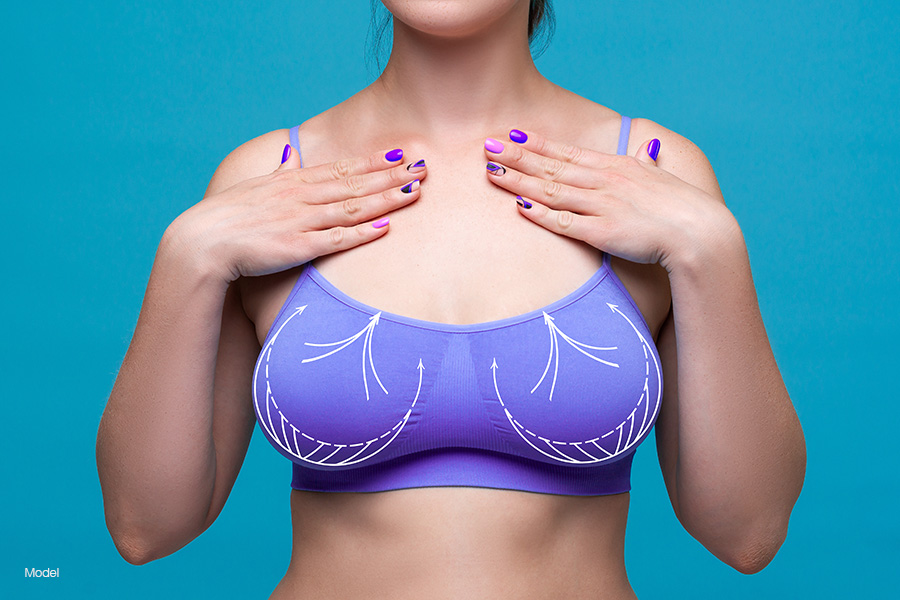
A breast lift (mastopexy) is a popular procedure designed to reshape and elevate sagging breasts. It’s an excellent solution for women looking to restore a youthful, perky appearance to their breasts after experiencing changes due to aging, pregnancy, breastfeeding, or significant weight loss. However, one of the most common concerns among patients considering a breast lift is whether they will lose nipple sensation after surgery. This blog explores the factors that can influence nipple sensation, what patients can expect after the procedure, and how surgical techniques can help preserve sensitivity.
How Does a Breast Lift Affect Nipple Sensation?
The answer to this question depends on several factors, including the surgical technique used, the degree of sagging being corrected, and the individual’s anatomy. Nipple sensation is controlled by a complex network of nerves, primarily the fourth intercostal nerve, which runs through the chest wall to supply sensation to the nipples and areolas.
This sensitivity varies from person to person and can be heightened, diminished, or unaffected after a breast lift.
Temporary Loss of Sensation
Temporary changes in nipple sensation are common after a breast lift. These occur when the nerves in the breast tissue are stretched or disturbed during surgery. Patients may experience numbness, tingling, or hypersensitivity in the nipples and surrounding skin for several weeks to months post-surgery.
Permanent Loss of Sensation
Permanent loss of nipple sensation is rare but possible, particularly in cases where the surgery involves significant repositioning of the nipple-areola complex or when complications arise during healing.
What Factors Can Increase the Risk of Nipple Sensitivity Loss?
There are a few reasons that loss of nipple sensitivity may occur after a breast lift:
- Large amounts of tissue removal
- Extensive repositioning of the nipple-areola complex
- Pre-existing nerve damage or reduced sensation
Experienced surgeons use advanced techniques to minimize risks and preserve nerve pathways wherever possible.
How Surgical Techniques Impact Nipple Sensation
The surgical technique your surgeon chooses can significantly influence whether you experience changes in nipple sensation after your breast lift.
Anchor (Inverted T) Technique
This technique is often used for patients with significant sagging or larger breasts. It involves incisions around the areola, vertically down the breast, and along the breast crease. While effective, this method carries a slightly higher risk of nipple sensation loss due to the extent of tissue manipulation.
Lollipop Technique
Also known as the vertical scar technique, this incision is made around the areola and extends vertically down to the bottom of the breast. It is less invasive than the anchor technique, which may help reduce the risk of nerve disruption.
Donut (Periareolar) Technique
This technique involves an incision only around the areola and is ideal for patients with mild to moderate drooping. Because it is less invasive, it is associated with a lower risk of sensation loss.
Crescent Lift
This minimally invasive technique, used for minor sagging, involves a single incision along the top edge of the areola. With minimal tissue manipulation, this method is the least likely to impact nipple sensation.
The best technique is determined by the degree of sagging, breast size, and the patient’s desired results. During your consultation, the surgeon will explain which method is most appropriate for you while prioritizing nerve preservation.
What Sensation Changes Can I Expect After Breast Lift Surgery?
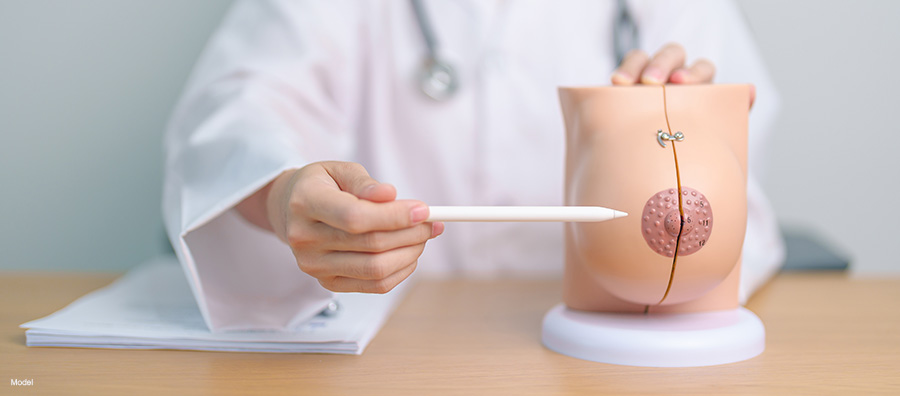
Changes in nipple sensation are common in the weeks following a breast lift. Here’s what you might experience during recovery:
Numbness
Temporary numbness in the nipples and areolas is a frequent side effect of a breast lift and occurs because the nerves supplying sensation are disrupted or stretched during surgery.
Hypersensitivity
Some patients report hypersensitivity in the nipples as the nerves regenerate and heal, which can be uncomfortable but is a sign that the sensation is returning.
Gradual Return of Sensation
For most patients, feeling returns gradually over several weeks to months. Nerve regeneration is a slow process, but most women regain complete or near-complete sensitivity within a year.
Rare Cases of Permanent Changes
In some rare cases, permanently reduced sensation can happen, especially if extensive tissue manipulation is required. However, this is the exception rather than the rule.
How Can I Minimize the Risk of Sensation Loss?
There are three primary ways to reduce the risk of permanent nipple sensitivity after a breast lift.
- Choose an Experienced Surgeon: Selecting a board-certified plastic surgeon with extensive experience in cosmetic breast surgery is the best way to minimize risks. Skilled surgeons use precise techniques to preserve nerve function.
- Adhere to Post-Operative Care Instructions: Following your surgeon’s recovery care instructions helps ensure proper healing.
- Discuss Your Concerns: Communicate with your surgeon about your nipple sensation concerns, so they can tailor the surgical approach to prioritize nerve preservation based on your goals and anatomy.
Understanding the factors that influence nipple sensation can reduce your risks and help you better enjoy the cosmetic and emotional benefits of your breast lift.
While temporary changes in nipple sensation are common after a breast lift, most patients regain complete or near-full sensitivity within a few months to a year. Permanent loss of sensation is rare, especially if the breast lift is performed by an experienced, board-certified plastic surgeon.
Does a Breast Lift With Implants Make Sensation Changes More Likely?
Combining a breast lift with implants can slightly increase the risk of temporary changes in nipple sensation due to the additional tissue manipulation involved in placing the implants. However, most patients still experience a return to normal sensation within a few months.
The type and size of implants can also play a role. Larger implants or submuscular placement may cause more nerve stretching, which can temporarily affect sensation.
Can Nipple Sensation Be Restored If It’s Lost?
If sensation loss persists after a breast lift, it may be possible to restore it through additional treatments or procedures. Surgical repair techniques may improve nipple sensation when nerves have been damaged.
However, the success of these procedures depends on the extent of the damage and individual healing capacity.
Houston, TX, Breast Lift Surgery With a Top Plastic Surgeon
Dr. Patronella is a highly acclaimed, board-certified plastic surgeon and cosmetic breast surgery specialist providing breast lift surgery in Houston, Texas.
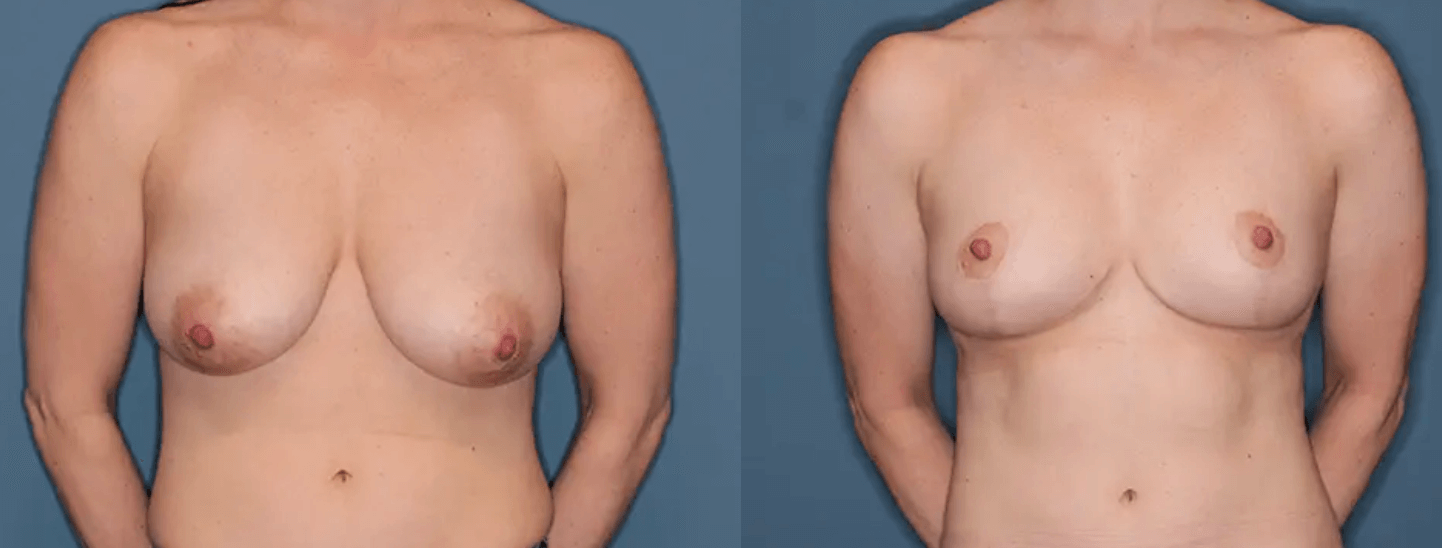
His “True Form Aesthetic Breast Surgery®” offers excellent, natural-looking cosmetic breast surgery results.
If you’re considering a breast lift in Houston and have concerns about nipple sensation, schedule a consultation with our award-winning plastic surgeon at 713-799-9999 to learn more.


